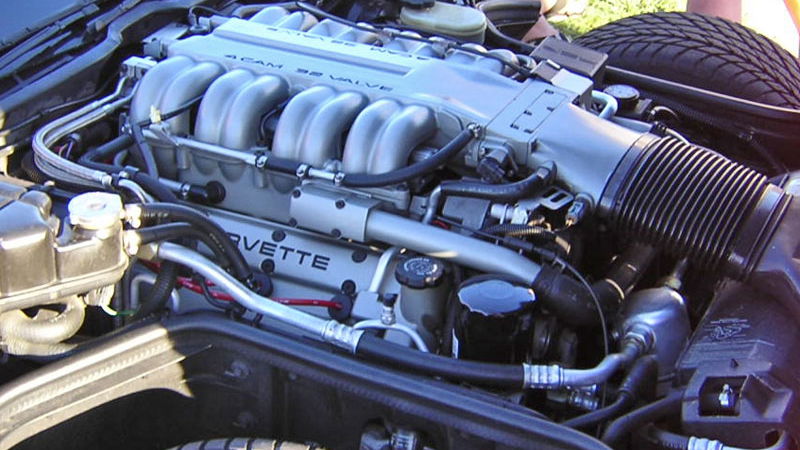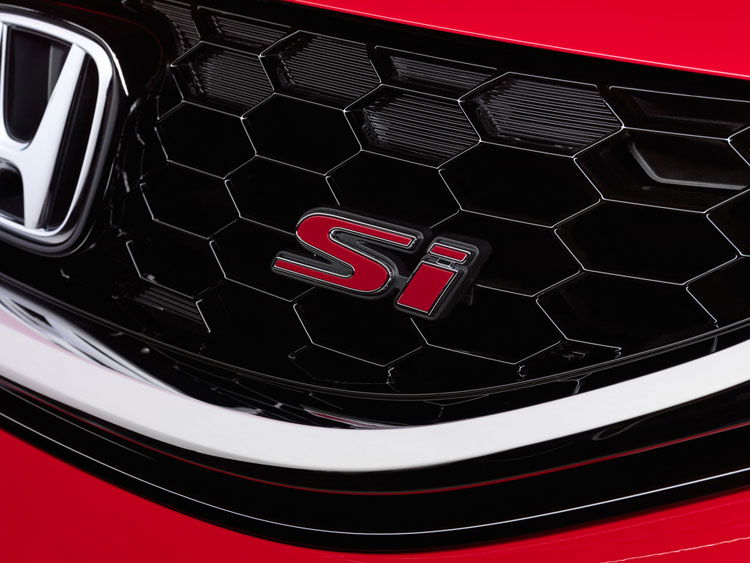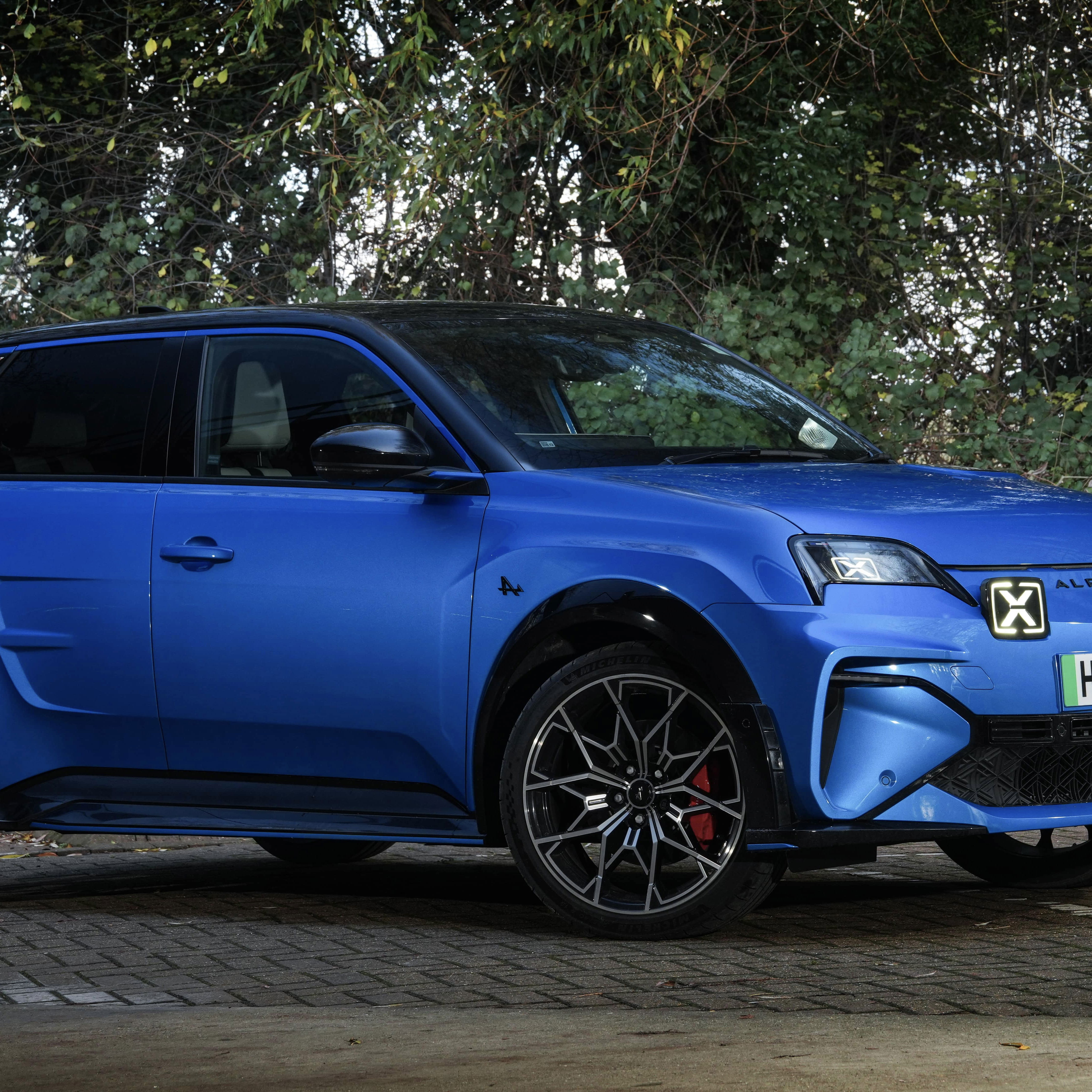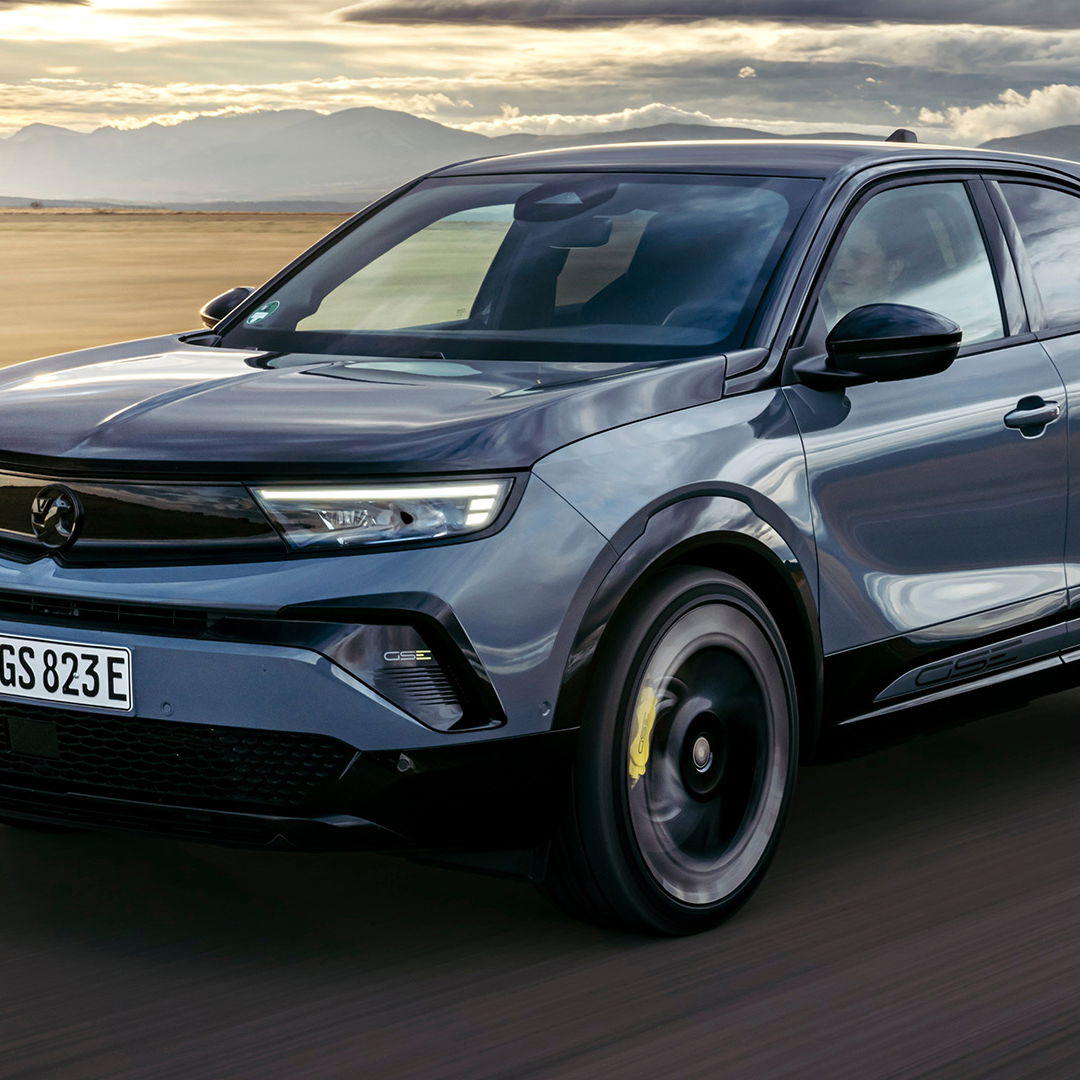7 American Engines That Love To Rev

I penned an article not long ago about the relationship between horsepower and torque. It got me thinking a bit more about American engines, which on the whole generally follow the formula of bigger is better. We think a 5.0-litre V8 is small, while the rest of civilisation (except perhaps for our Australian friends) live and breathe engines half that size while revving twice as high.
Power is power, whether you go small and rev the pee out of it, or go large with instant gratification. I’m all about instant gratification (I know there’s a joke in there somewhere but I’m not touching it), however I also positively adore the endless pull and chilling aural assault that only comes from pistons performing at ludicrous speed.
So I decided to look into some engines from American manufacturers over the last 30 or so years that at least rev to 7000. I’ve avoided some obvious global-market mills like Ford’s Zetec and Duratec engines, and instead looked at motors that had starring roles in American cars. And if you think these are all teeny four- or six-pot DOHC engines, think again. Turn your speakers up and enjoy the sound of RPM in various (and in some cases quite surprising) applications.
When it debuted in the 1990 Chevrolet Corvette ZR-1, nothing like it had ever been seen in an American performance car. Spinning four overhead camshafts with 32 valves, this big V8 produced 375bhp and spun delightfully to 7000rpm. When the ZR-1 went away in 1995, it was making 405bhp which put it well into supercar territory for the time.
Another high-revving DOHC product of the late 1980s, the 2.3-litre Quad 4 wasn’t a particularly refined four-cylinder and it did suffer from head gasket issues, but it also made 180bhp in high-output trim, and 190bhp in a few specialty performers of the day like the Oldsmobile Cutlass Calais 442. Keep in mind, that’s naturally-aspirated power, which is damn good for such a small four-pot even by today’s standards. Back then, its hefty output and ability to hit 7000 revs made cars like the Grand Am SE, Oldsmobile Achieva and Chevrolet Beretta GTZ surprisingly quick.
Those who’ve seen my Car Throttle garage will know I’ve had a little bit of experience with this engine. And to be honest, even though it wears a Ford oval on the intake and was used exclusively in the American-market Taurus SHO, Ford contracted Yamaha to design and build the engine in Japan. It’s a 24-valve DOHC V6 with a 7200rpm cutoff and a gorgeous dual-stage intake manifold to make 220bhp up high, with 200lb ft as low as 2700 revs. It’s rumoured that this engine actually could turn 8500rpm, but was limited to 7200 for the sake of the accessories. I can attest to 8000 with a chip and some underdrive pulleys on my old 1989 SHO, and I loved every second of it.
Offered as the performance option for several front-wheel drive mid-size GM cars through the 1990s, the DOHC 24-valve V6 was a completely different animal to GM’s other much-loved V6, the pushrod 3800. Shoehorned into the likes of the Lumina Z34, the bulky 3.4-litre engine gained a rep for being finicky and hard to work on, but it sounded great at 7000rpm. It also delivered 210bhp - not outstanding given the size but its 215lb ft of torque gave the 3.4 good midrange pull.
I am of course talking about the 526bhp, DOHC, 32-valve flat-plane crank V8 stuffed beneath the bonnet of the 2016 Mustang Shelby GT350. Everybody has heard about this car and its engine, which redlines at 8250 rpm to produce 102bhp per litre. Peak power comes at a lofty 7500 revs, but it still delivers 90 per cent of its 429 peak torques at a low 3450 RPM. It hits like a proper muscle car, pulls like a supercar, and sounds like nothing else on earth.
Considering the Shelby’s ability to thrash pistons, hitting 7000rpm in an LS7-powered Corvette Z06 or Camaro Z/28 doesn’t seem quite as impressive. But here’s why it’s more impressive: the LS7 is 7.0-litres of old school American muscle. Its eight cylinders are capped with heads featuring just two valves per cylinder, operated via pushrods driven from a single camshaft in the block. This is a big ass engine that has no business revving to such heights, but GM has this design dialed in to make 505bhp up high with prodigious torque down low.
As impressive as the LS7 is, it’s nothing next to one of NASCAR’s 800bhp 5.9-litre pushrod engines turning 9000rpm for a 500-mile race. These are old-school engines by every definition, right down to the cam-in-block design capped with a massive four-barrel carburetor. Imagine taking a Land Rover around the Nurburgring in under six minutes and you’ll understand the insanity of these mills hitting 9k. They aren’t fancy, but they certainly put the engine in engineering. You gotta respect that.














Comments
I miss my sho… My dad told me when we was in school in the early 90’s there was a group of people that ran the motor up to something like 11,000-13,000rpm for 24 hours and the motor was fine. Obviously the accessories were not stock but the motor was.
not old school but outdated, American manufacturers should hire some brain from Japan or Europe to step into 21st century.
I had the GM 3.4 in my 1998 Pontiac Trans Sport minivan and i had so much fun in it! I never had the chance to have a fast car, so i think it was pretty much the most powerful vehicule i ever had. Without the rear seats it was pretty light!!
On the subject of high revving engines, the Yamaha fzr 250 redlines at a blistering 18500 rpm. Yeah, yeah, I know it’s a motorcycle, but that doesn’t make it any less cooler.
Sure the Mustang engine is flat-plane? Sounds like a crossplane.
Hmm… That Quad 4 looks promising.
Very nice list with a couple engines I’ve never even heard of. I’d also like to add the Ford Coyote V8 in BOSS 302 spec: revs to 7500rpm and sounds demonic doing it.
The 2011 + Mustang GT’s rev to 7000 stop. If you run a tune most of the tuners move it to 7200.
If you are in the Boss or have the Boss intake on the GT they say you can rev to 7500
Pagination